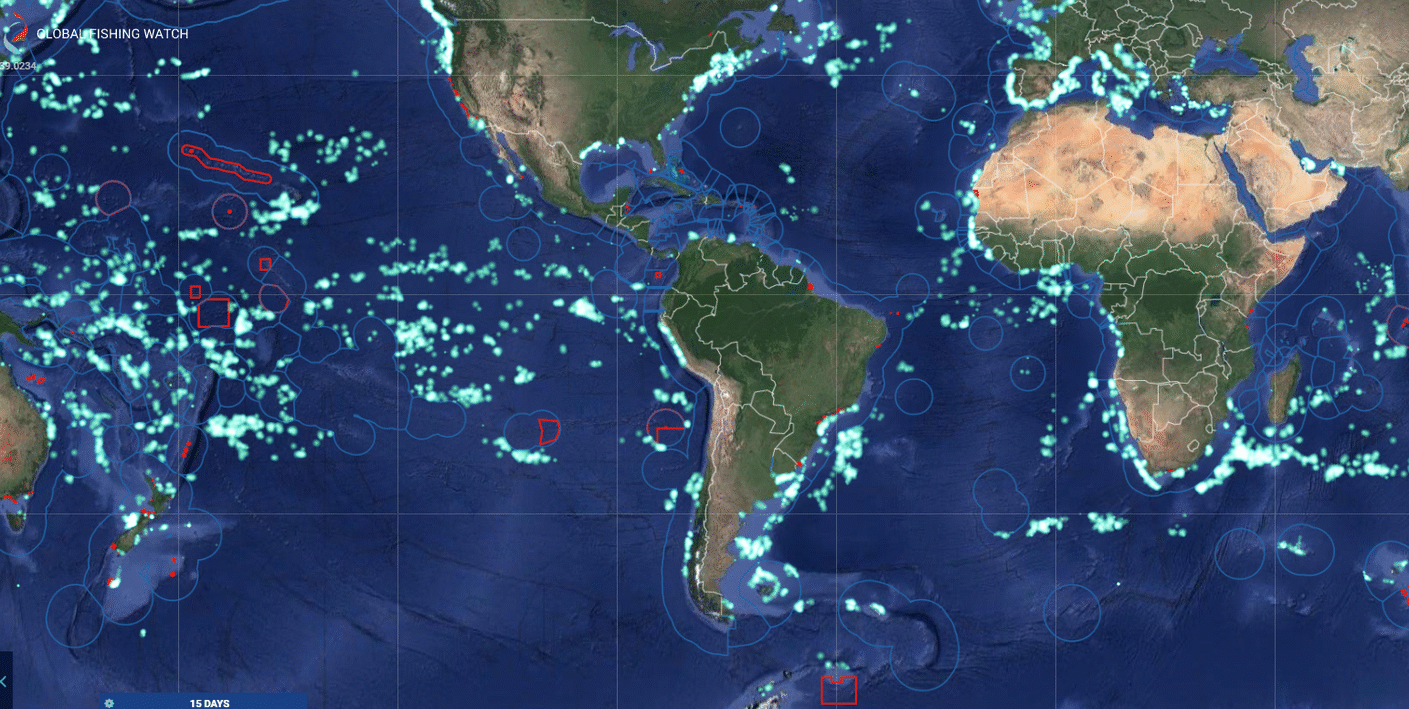At Maine Centre for Coastal Fisheries (MCCF), we work to connect the knowledge of fishermen with the findings of science and the world of policymakers. As part of an ongoing project exploring the knowledge held by fishermen about the marine ecosystem, we aim to understand how access rights shape fishermen’s knowledge, and thereby the kinds of information they can contribute to fisheries science and management.
Fishermen are careful observers, developing detailed and fine-scale knowledge about the marine environment – not surprising given the fact that they are interacting with that environment on a regular basis. To take stock of this knowledge base, MCCF’s Research Fellow Emily Farr and Cooperative Research Scientist Josh Stoll have interviewed 17 fishermen in 12 harbors throughout Hancock and Washington counties. The interviews have focused on their fishing experience, interactions between species and their habitat, food web relationships, and environmental change.
Fishermen are keen observers of ecosystem dynamics, processes, and relationships
In these interviews, fishermen describe a complex and multi-scalar set of observations about ecosystem structure and change. A few examples of the dynamics, processes, and relationships described are:
Habitat: The composition of the seafloor — mud, sand, gravel, rock — is an important determinant of the spatial distribution of species in the ecosystem. Many fishermen describe how life gathers at the so-called “edges” of the seafloor, where one bottom type transitions into another. Other factors important for habitat include water depth and food availability.
Oceanographic Factors: Water temperature is commonly described as one of the most important factors in determining the abundance and spatial distribution of various species, and their patterns of behavior, including migration and reproduction.
Food Web Relationships: Fishermen frequently say if you find the feed, you find the fish. Feeding behavior is often a primary driver of species movement, whereby predators follow their prey. Predator-prey relationships also play an important role in the relative abundance of various species.
Environmental Change: Fishermen describe changing water temperatures and seasonal patterns, which often drive changes in species abundance, distribution, and behavior. Changes in fishing pressure and the nature of fishing activities also contribute to these changes in species abundance.Fishermen’s knowledge is rich and variable
The patterns emerging from an early set of interviews provide important insights into both the richness and variability of knowledge held by commercial fishermen.
First, fishermen who hold or have held licenses for multiple fisheries seem to develop a more holistic understanding of the marine environment and its dynamics. MCCF has long advocated for diversification in catch and the shoreside economy. This diversification enables fishermen to develop a keener understanding of the ecosystem through regular interactions with multiple components of that ecosystem.
Second, the collective body of fishermen’s knowledge is more complex and complete than the knowledge of any single individual. Fishermen operate in different places and at varying scales, just as ecological processes occur at varying scales. A clam digger in the intertidal zone will see a finer and more sessile set of interactions than a fisherman targeting a mobile fish like tuna. This implies a requirement for collaboration and the synthesis of different perspectives — individuals in different fisheries and geographic contexts, scientists, managers, policymakers — in order to facilitate a better understanding of the complex and multi-scalar processes and interactions that make up the marine ecosystem.
Maine is somewhat unique in its embrace of co-management of fisheries resources, where governance is shared between the fishing industry and state agencies. This makes the dynamics of fishermen’s knowledge particularly important, as it has significant implications for the kinds of information they are able to contribute to management. This ongoing project supports MCCF’s belief that fisheries decision-making would benefit from the experience and expertise of diversified fishermen, and many of them.
Findings: Drivers of species abundance and distribution across space, as described by three fishermen who collectively have participated in lobster, groundfish, scallop, shrimp, halibut, clam, mussel, seaweed, urchin, and sea cucumber fisheries. The width of the arrow indicates the number of fishermen who described each relationship.
The article was produced by Emily Farr who is a Research Fellow through Maine Center for Coastal Fisheries’ internship program. Farr works closely with collaborators at the University of Maine. Through interviews with fishermen, her research explores the local ecological knowledge held by the commercial fishing industry in Maine. She is interested in how that knowledge can help inform science and policy, particularly in the context of ecosystem-based fisheries management. Emily holds a Master of Environmental Management from the Yale School of Forestry and Environmental Studies, where her work explored coastal governance, fisheries policy, and stakeholder engagement in marine spatial planning. She also holds a Master’s in Food Studies from the University of Gastronomic Sciences in Italy, where she had the opportunity to study the impact of climate-driven environmental change on small-scale Italian fishing activities through ethnographic interviews with fishermen. A native of Maryland, Emily currently resides in Stonington.









































